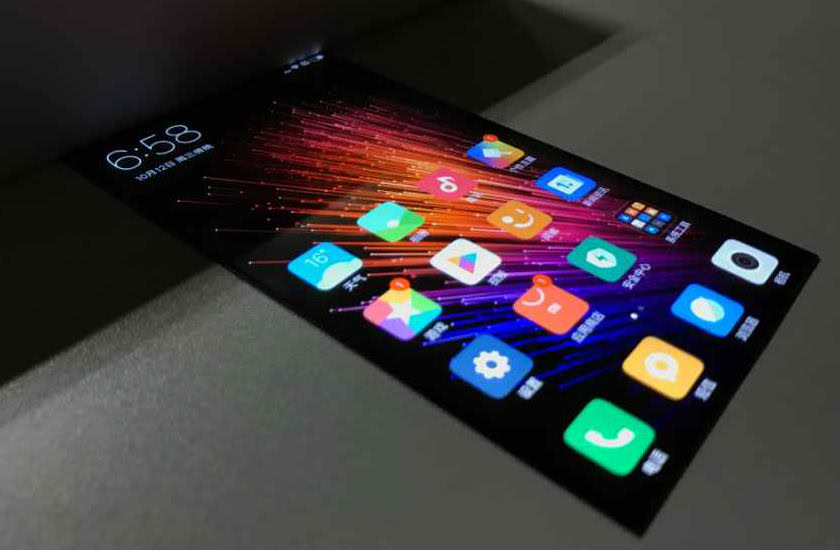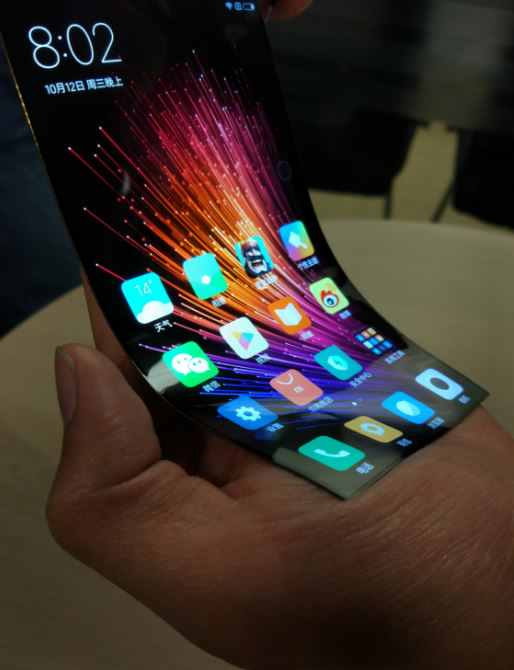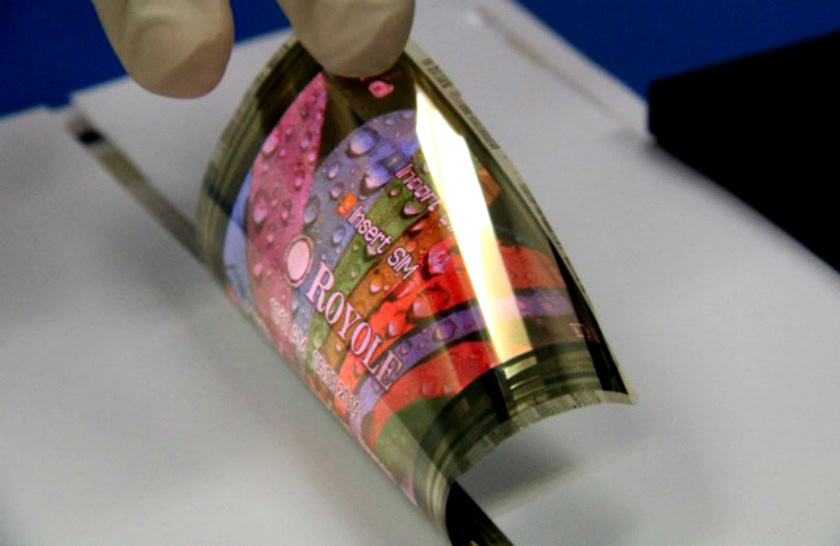Affiliate links on Android Authority may earn us a commission. Learn more.
Is Xiaomi experimenting with flexible displays too?

Foldable smartphones always seem to be just out of reach. We know that Lenovo is working on one, having shown off a design concept ahead of IFA 2016, and a few Samsung patents and prototypes have popped up over the years. Now it’s Xiaomi’s turn to tease us with its version of the concept.
This Xiaomi concept display (phone?) appeared recently on Baidu in two separate renders, although there’s no way to tell if it’s actually legit or not. Apparently, the display can be bent backwards and forwards, as well as to the left and right. Of course, the picture doesn’t show off where the electronics would be attached to such a phone.

With so many companies appearing to be hard at work on flexible displays and products, it’s somewhat surprising that we haven’t seen any commercial products hit the market yet.
One of the major problems for any flexible smartphone is that bendable displays are currently very costly to manufacture compared with flat and even slightly curved displays. There’s also the issue of life-span and breakages from repeated bending. The other problem is that other essential components, such as batteries and electronics, can’t be manufactured to be as flexible as these displays.
Innovation and development in flexible displays and electronics is ongoing though. Plastic OLED is the key to making bendable, flexible displays a reality, and both LG and Samsung are investing heavily into development and, perhaps most importantly, manufacturing.
The two companies both recently completed R&D into the use of Atomic Layer Deposition to encapsulate OLEDs, which requires a thinner film than the current PECVD technology, allowing for increased flexibility. Samsung Display is spending more than $3 billion on a new OLED production line before 2017, and LG has committed to investing $1.75 billion in flexible OLED production.

While flexible smartphones sounds wonderfully futuristic, we’re more likely to see flexible OLED be used in products with curved displays, at least in the short term. This could mean more smartphones like the Galaxy S7 edge, but there are also potential use cases in the wearable and virtual reality markets too.